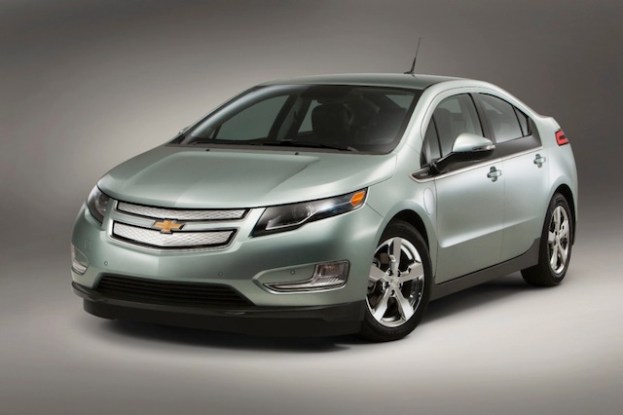
The Chevrolet Volt hasn’t sold as well as General Motors initially hoped. Early estimates put Volt sales between 45,000 and 60,000 units per year. In 2011, Chevrolet sold only 7,671, however, sales jumped to 23,461 in 2012.
This year, however, the world’s largest automaker hopes to sell 36,000, building between 1,500 and 3,000 per month, according to a Bloomberg report. The increase represents a 20-percent growth in total production.
The Volt struggled to out-sell all of Toyota’s alt-drivetrain competition in 2012, specifically the Toyota Prius Plug-in and family of Prius. GM hopes vehicles like the Cadillac ELR, a two-door luxury version of the Volt, and increased European sales will help stem the tide.
California, where the Volt qualifies for a sticker that permits solo drivers to use the carpool lanes, was the Volts biggest sales market. In fact, California dealers often ran out Volts “three or four times,” Cristi Landy, GM’s marketing director for small cars, admitted in the Bloomberg report.
After having driven it, we think the Volt is one of the best alternative drivetrain vehicles on the market. Although we’re not terribly shocked by its slow sales growth, we also wouldn’t be shocked to see the sales begin to climb quickly. And when one looks at the raw data, it’s likely that Volt sales will continue to grow in the years to come. Plug-in hybrid sales are already ahead of where early hybrid sales were several years ago.
If former GM Vice Chairman Bob Lutz is to be believed, however, the Volt’s range-extended electric vehicle powertrain should have premiered in a Cadillac Escalade. We’re not sure he’s right on that point, but we might feel better about the ostentatious luxury 4×4 if it were a bit more eco-friendly.


